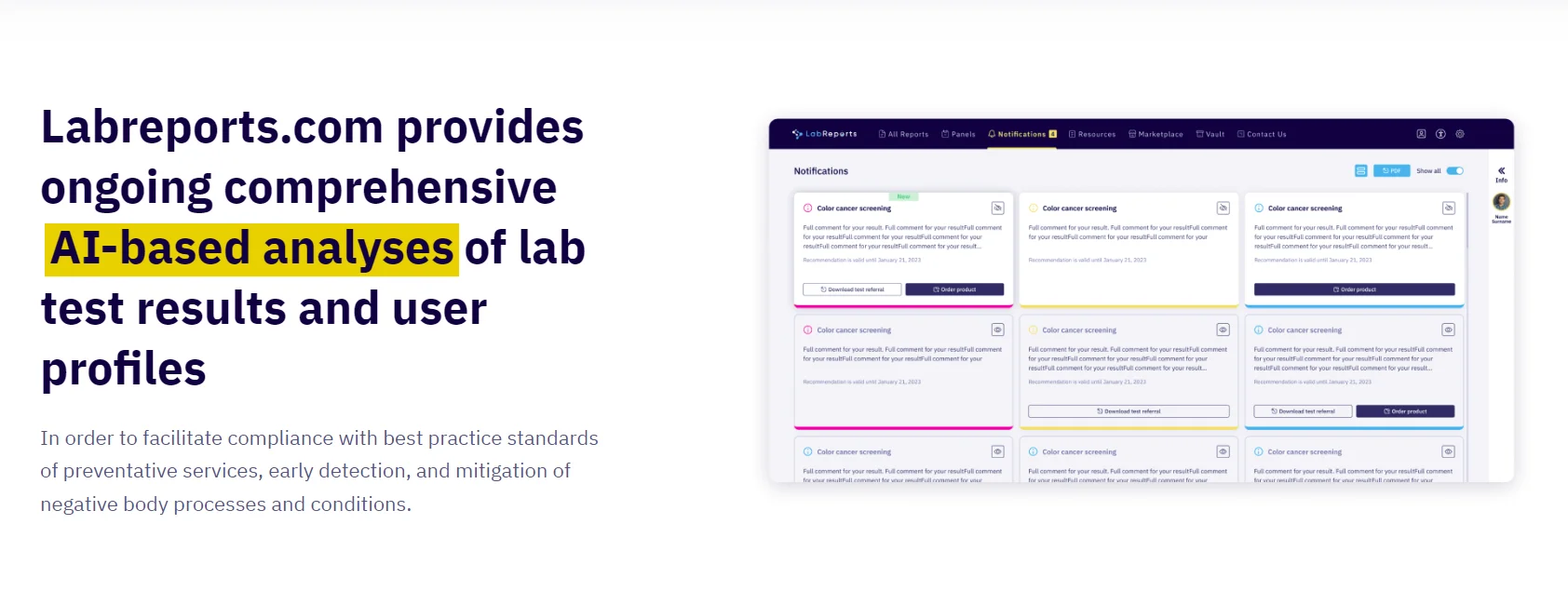Systems development life cycle Wikipedia
The Development stage involves the actual coding and programming of the system. Based on the design specifications, developers write code, create database structures, and implement necessary functionalities. Rigorous testing and quality assurance are performed to ensure the system’s accuracy, performance, and adherence to the design requirements. Developers are now responsible for more and more steps of the entire development process. When development and Ops teams use the same toolset to track performance and pin down defects from inception to the retirement of an application, this provides a common language and faster handoffs between teams.
The system typically consists of several hardware and software components that work together to perform complex functions. Cloud computing is one example where trust and trustworthiness39 between cloud service providers (CSPs) and a federal agency is critical for the effective application of the NIST RMF. This might require documenting the risk information needed to address the trust requirements in contracts, service level agreements (SLAs), or other forms of legal agreements.
Building Informatics-Savvy Health Departments: The Systems Development Life Cycle
However, tests are often postponed until later stages, especially if they are not well integrated and create friction. Software development life cycle (SDLC) is the term used in the software industry to describe the process for creating a new software product. Software developers use this as a guide to ensure software is produced with the lowest cost and highest possible quality in the shortest amount of time. The project manager is the overall control agent for a strong SDLC process. Following each phase of a system development life cycle the team and project manager may establish a baseline or milestones in the process.
- We provide enterprise-wide digital transformation through advisory…
- When development and Ops teams use the same toolset to track performance and pin down defects from inception to the retirement of an application, this provides a common language and faster handoffs between teams.
- Effective control mechanisms shall be implemented to control multiple versions of software.
- The easiest way is to say that verification is always against the requirements (technical terms) and validation always against the real world or the user needs.
There are plenty of tools available, such as Adobe XD or InVision, that make this process much easier than ever before. The biggest difference between the lean methodology and the other methodologies is that the system’s full set of requirements is unknown when the project is launched. As each iteration of the project is released, the statistics and feedback gathered are used to determine the requirements. The lean methodology works best in an entrepreneurial environment where a company is interested in determining if their idea for a software application is worth developing. Each company will have their own defined best practices for the various stages of development.
How to Use the Circuit Breaker Software Design Pattern to Build Microservices
The implementation of a lifecycle for a system opens up a lot of possibilities, including the ability to plan and organise structured phases and smart goals beforehand. During these phases architects, developers, and product managers work together with other relevant stakeholders. Technology has progressed over the years, and the systems have gotten more complex. Users have gotten used to technology that simply works, and various methods and tools ensure that companies are led through the lifecycle of system development. Many of these models are shared with the development of software, such as waterfall or agile.

At this step, desired features and operations are detailed, including screen layouts, business rules, process diagrams, pseudocode, and other deliverables. Jean Martin is a Salesforce Partner and provider of Quote-to-Cash implementations. We provide enterprise-wide digital transformation through advisory, implementation, change management, custom configuration, and managed services. At JMI, we have extensive QA cognizance and our Hybrid model composing of scrum workflows and agile methodology helps us execute complex testing with ease. [Outcome 5] Traceability between system requirements and elements of the system architectural design are developed.
Get the latest news, tips, and guides on software development.
B) Defining a system that meets end-users’ operational mission requirements within specified cost and schedule constraints. That is, when properly implemented, information systems will help a company operate more efficiently and effectively. The final phase of the System Development Life Cycle, this https://www.globalcloudteam.com/ is the phase where end users can fine-tune the system. In addition to this, new features can also be added to the system to meet the additional user requirements if necessary. This process is used to provide a framework to deliver quality system that meets or even exceeds business expectations.

This step involves decomposing the system into pieces, analyzing project goals, breaking down what needs to be created, and engaging users to define requirements. During this step, current priorities that would be affected and how they should be handled are considered. A feasibility study determines whether creating a new or improved system is appropriate. This helps to estimate costs, benefits, resource requirements, and specific user needs. System assessments are conducted in order to correct deficiencies and adapt the system for continued improvement.
Stage 3: Design
The systems development life cycle (SDLC) was the primary conceptual basis for planning in this era. The SDLC for information systems evolved from the basic life cycle notion for complex systems. The classic SDLC for a single system is shown in the central portion of Fig. There, it is depicted as consisting of three phases—system definition, physical design, and implementation.

Besides, this allows any final mistakes to be caught before releasing the product. In short, we want to verify if the code meets the defined requirements. For example, define a nomenclature for files or define a variable naming style such as camelCase. This will systems development cycle help your team to produce organized and consistent code that is easier to understand but also to test during the next phase. ” This stage of the SDLC means getting input from all stakeholders, including customers, salespeople, industry experts, and programmers.
How does SDLC compare with other lifecycle management methodologies?
Perhaps most importantly, the planning stage sets the project schedule, which can be of key importance if development is for a commercial product that must be sent to market by a certain time. ALM includes the entire lifecycle of the application and continues beyond SDLC. The document sets expectations and defines common goals that aid in project planning. The team estimates costs, creates a schedule, and has a detailed plan to achieve their goals.

Several pitfalls can turn an SDLC implementation into more of a roadblock to development than a tool that helps us. Failure to take into account the needs of customers and all users and stakeholders can result in a poor understanding of the system requirements at the outset. An extension of the waterfall model, this SDLC methodology tests at each stage of development. It’s also important to know that there is a strong focus on the testing phase.
ABOUT TOOLSHERO
A configuration management system shall be implemented during development and implementation. The Forensic Laboratory configuration management process is defined in Chapter 7, Section 7.4.5. The execution component is responsible for the final deliverable of the project and is built around pure code development, system configuration, or a combination of both. Many organizations subdivide their SDLC methodologies into a larger number of phases than the five referenced in NIST guidance, potentially offering closer alignment of SDLC phases and corresponding RMF tasks.

